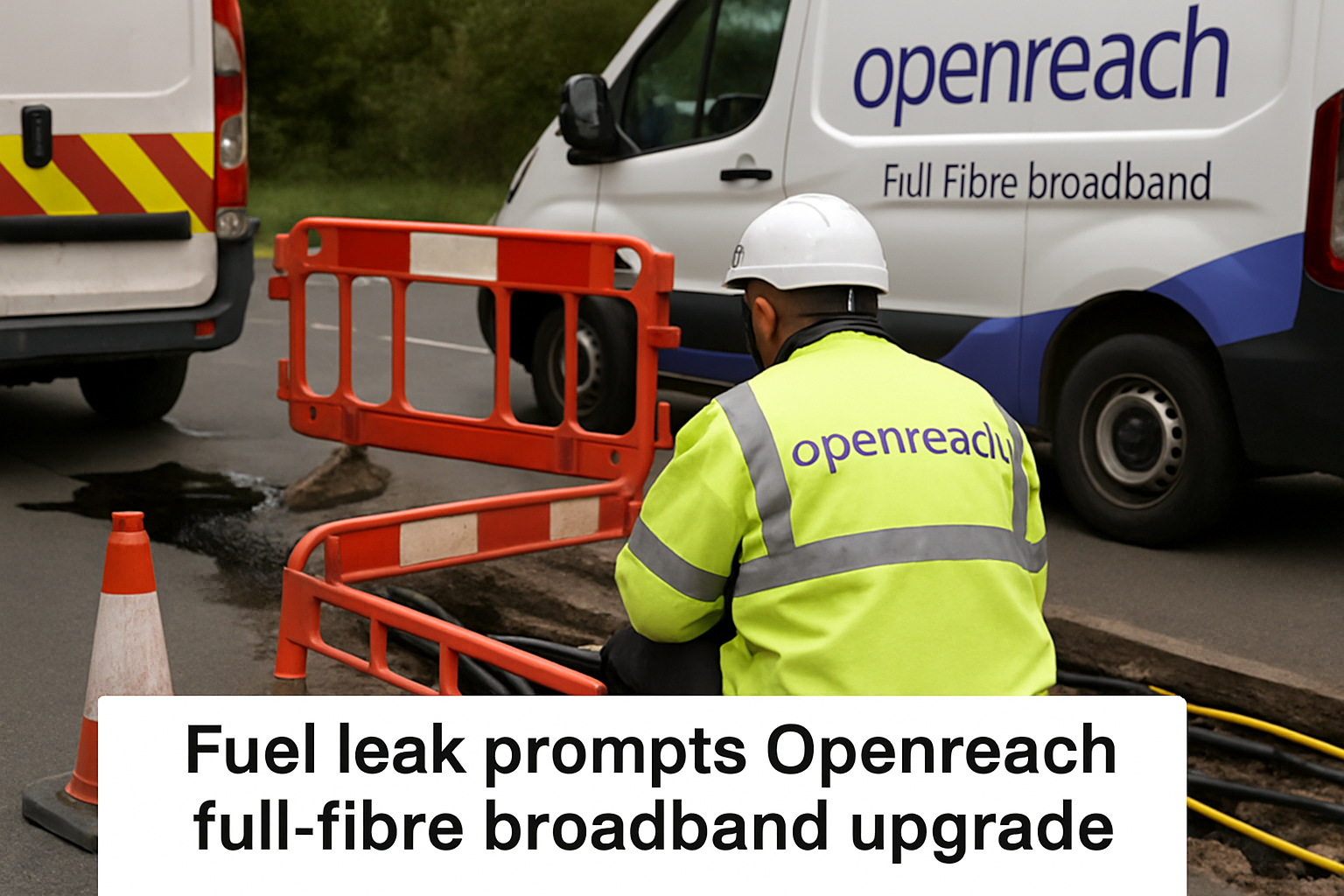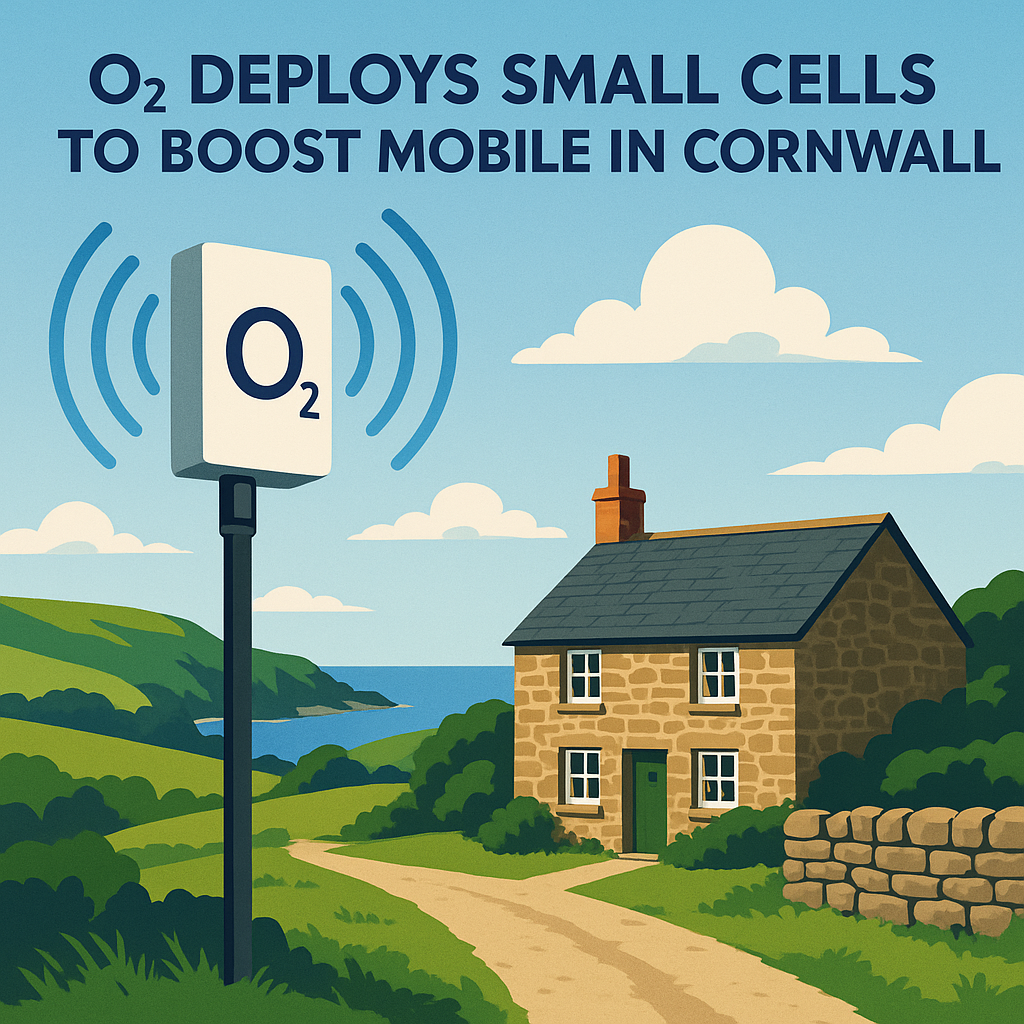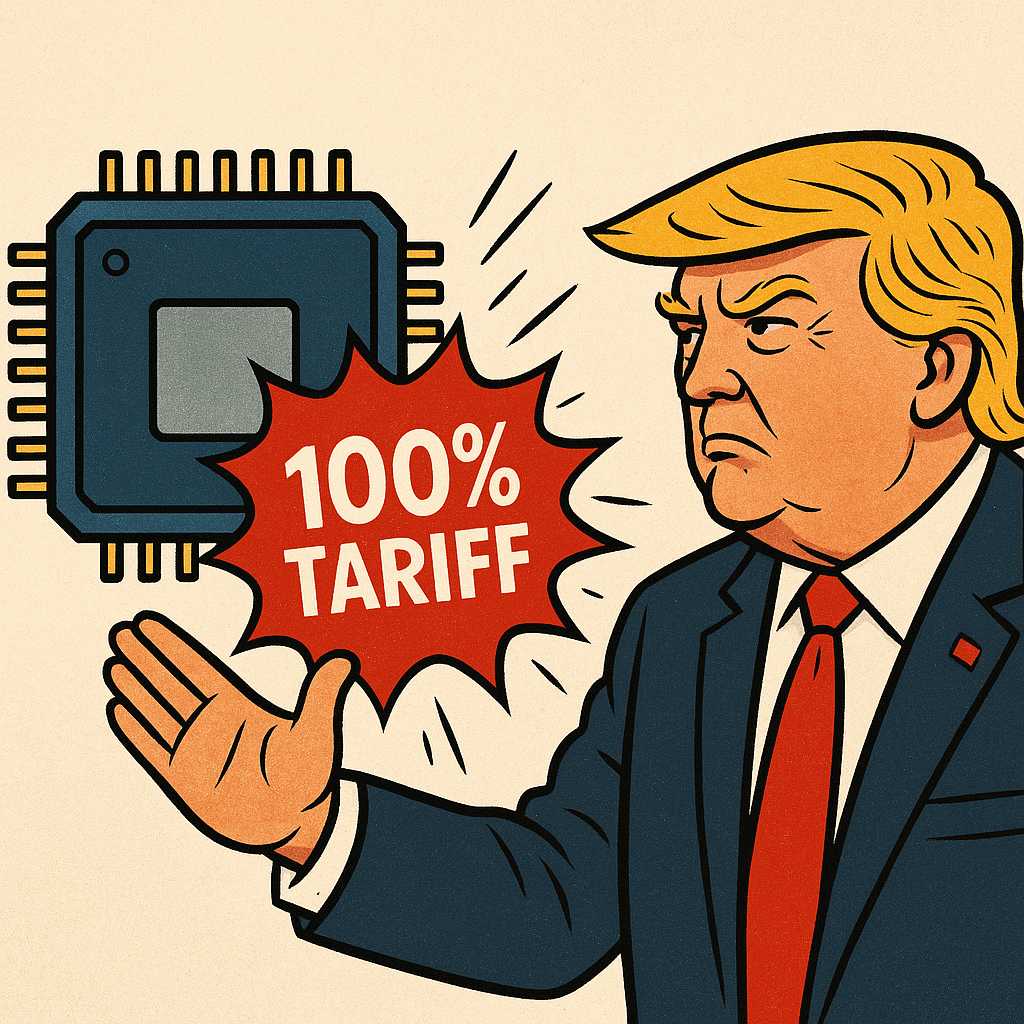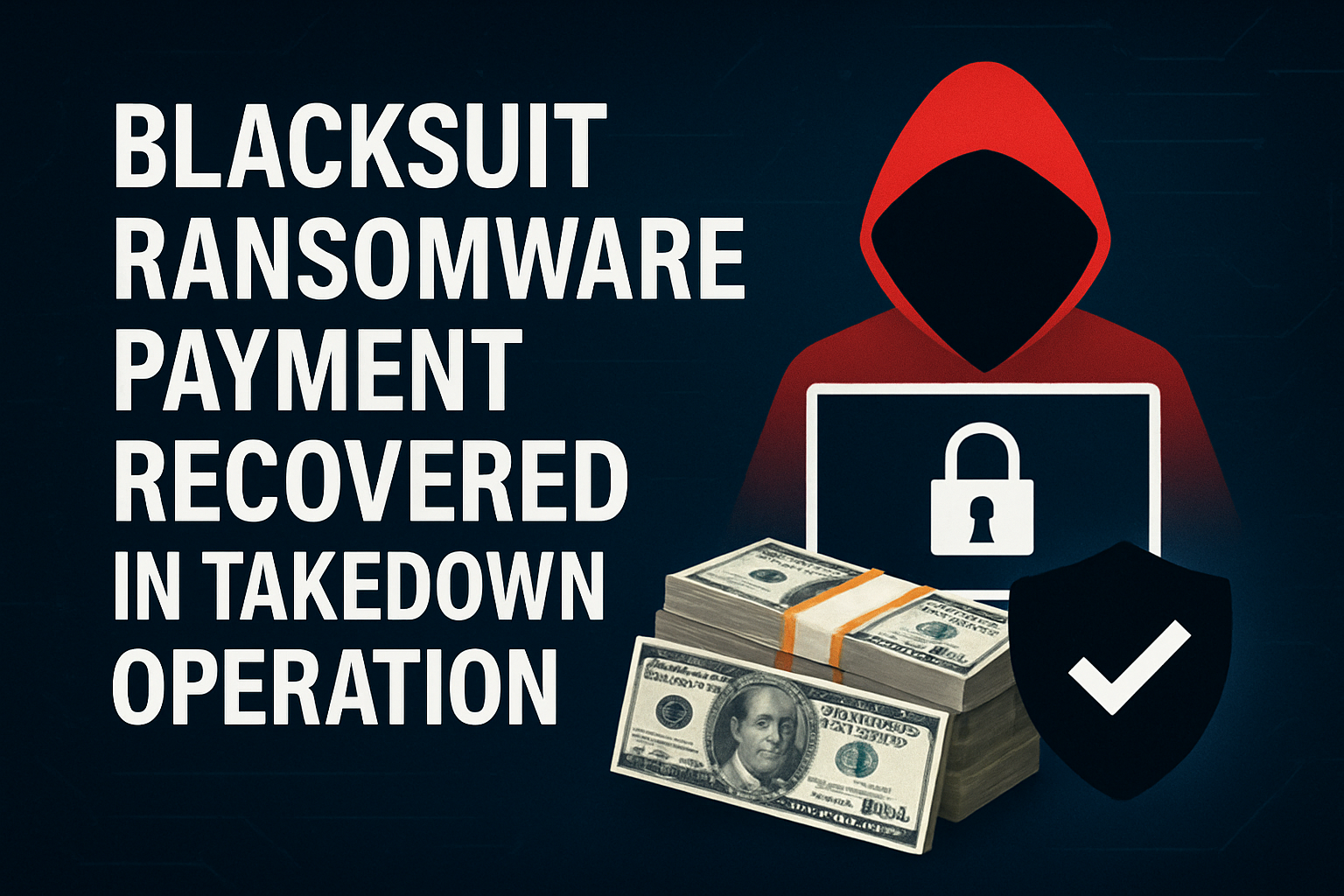Introduction
For years, people in Bramley, a village in Surrey, lived with the quiet frustration that many rural and semi-rural communities know too well. Video calls would freeze just as a meeting reached something important. Streaming a film became an exercise in patience. Children trying to upload homework learned the art of waiting. Then a fuel leak from a nearby petrol station created a different kind of disruption. Internet access that was already fragile became unreliable or, for some, disappeared altogether. It was a local environmental incident with a digital aftershock.
This article explains what went wrong in practical terms, why older copper networks struggle under stress, and why full-fiber is the right destination for Bramley and villages like it. You will also find realistic steps residents can take right now, plus a simple playbook for councils and network operators to speed up the transition.
What Happened In Bramley: The Short Version
Bramley’s connectivity issues did not start with the fuel leak. Like many places outside large cities, the village relied heavily on copper telephone lines for internet service. Copper can carry broadband, but it was never designed for the data-rich tasks that are now normal. Distance from the exchange, the quality of the cables, and the number of households sharing the same cabinet all influence performance. On a wet day with high demand, speeds would sag. Families adapted with schedules, patience, and a lot of retry buttons.
When the fuel leak occurred, the village faced the usual public safety measures: access restrictions around the site, traffic management, and power isolation for certain areas while engineers worked. Those measures can indirectly touch digital infrastructure. Street cabinets may be inside a safety cordon. Maintenance windows are pushed back. Power interruptions cause routers and cabinets to reboot repeatedly. Mobile networks that residents use as a backup get congested as everyone switches at once. The result feels chaotic on the ground: your phone shows bars, your router lights are on, yet nothing seems to move.
How An Environmental Incident Can Knock A Local Network Off Balance
Power and equipment resets
Temporary power cuts and generator use cause repeated resets for modems and street cabinets. Copper services depend on stable power at several points. Every reset risks line profiles being downgraded by automated systems designed to favour stability over speed after a sequence of errors.
Ducts and water ingress
Older copper cables are vulnerable to moisture. Heavy ground works, high water tables, or emergency pumping can force water into ducts through cracked seals. Moisture increases electrical noise and corrosion. On copper, noise equals poorer signal quality, which means lower speeds and more dropouts.
Mobile network overload
When fixed lines falter, people tether phones and hotspots. That surge in traffic can overload nearby mobile cells, reducing performance even for those with strong signal bars. It is not malicious, just physics: a finite radio cell cannot serve an unlimited number of active users at high throughput.
The Limits Of Copper: Why It Fails The Modern Household
Copper broadband was brilliant for its time. It brought millions online quickly and cheaply. Its limitations show up in three ways that matter to daily life in a village.
Distance penalty
Copper’s speed falls as you get further from the cabinet or exchange. A family a few hundred metres closer may enjoy double the speed of a neighbour. That is not fair and it is not fixable without changing the medium.
Noise and weather sensitivity
Electrical signals pick up interference from other cables, household devices, and even lightning storms. Rain sneaks into joints and subtly degrades performance. The same line can feel fine in July and miserable in November.
Asymmetry and contention
Typical copper services are fast in one direction and slow in the other. Uploading a large file or backing up photos can strangle your connection for everyone else in the house. Add evening congestion when many households share capacity from the same cabinet and the experience becomes unpredictable.
Why Full-Fiber Is The Right Destination
Full-fiber, often called fiber to the premises or FTTP, replaces the copper path from the exchange to the home with optical fiber all the way. It is not an incremental tweak. It is a change in the physics of how data travels. Light moves through glass with far lower loss than electrical current through metal. Residents notice the difference immediately in three areas.
Speed that matches how we live now
Modern fiber services deliver high download and high upload speeds. Cloud backups run in minutes instead of overnight. A family can stream, game, and join video calls at the same time without negotiation. Schoolwork uploads do not block a parent’s meeting. The connection keeps up with the household rather than the other way around.
Reliability that shrugs off weather
Fiber is immune to electromagnetic interference and far less sensitive to moisture. Splices are sealed. Cabinets act more like passive optical splitters than small computers. The end result is stability: fewer surprises after rain, fewer unexplained drops, and less tinkering with routers.
Low latency and consistency
Video calls feel more natural because there is less delay and fewer jitter spikes. Online games behave predictably. Smart home devices do not fall off the network whenever someone presses play on a 4K film. Consistency is often the hidden benefit people value most once they have it.
What It Takes To Get Fiber Built In Villages Like Bramley
Rolling out fiber to a village is both civil engineering and community logistics. The basics are straightforward once you know the moving parts.
Survey and design
Engineers map existing ducts, poles, and chambers. They decide where to reuse infrastructure and where to install new. In older streets with narrow verges, that choice matters. Reusing poles can be faster than digging new ducts, but it requires checking clearances and tree lines.
Backhaul and power
The village network must connect back to a core node with plenty of capacity. That path can run along railway lines, main roads, or existing utility corridors. Planners also make sure any active equipment has resilient power and, where reasonable, battery backup.
Wayleaves and permissions
Private lanes, shared driveways, apartment buildings, and farms introduce legal permissions called wayleaves. Clear communication with landlords and residents speeds this up. Silence slows it down. A single unresolved wayleave can hold a whole street back.
Build method
Some roads are dug, others use micro-trenching in the carriageway, and some areas get overhead fiber on existing poles. Each method trades speed, disruption, and aesthetics. A transparent plan that explains the method street by street prevents anxiety and rumors.
Customer readiness
Even the best network stalls if homes are not ready inside. Older properties may need tidy cable routes, clear access, and a sensible spot for the optical terminal. A five-minute pre-visit checklist prevents an engineer arriving to find furniture blocking the install path.
Practical Steps Residents Can Take Now
You do not have to wait for full-fiber to improve your day. These steps protect performance today and position your home for an easy upgrade tomorrow.
- Place your router in the open, central to the home, and off the floor. Avoid cupboards and behind televisions. Wi-Fi hates obstacles.
- Replace ageing micro-filters, tidy phone extensions, and remove unused splitters. Extra joints on copper add noise.
- Use Ethernet for fixed devices like smart TVs and consoles. Cables free up Wi-Fi for phones and tablets.
- Add a small uninterruptible power supply for your router if you work from home. Short power blips will no longer kick you out of calls.
- Consider a 4G or 5G backup router with automatic failover. When the fixed line stumbles, your connection continues without manual switching.
- Keep a simple outage log with dates and symptoms. Clear records help your provider escalate line faults faster.
- Talk to neighbors about demand for fiber. Network builders priorities streets where interest is visible and coordinated.
- Choose a service plan with adequate upload speed. If you share a home with creators or students, upload matters as much as download.
- When fiber becomes available, schedule installs during daylight hours and clear furniture along the likely cable path. A smooth visit avoids reschedules.
- If your home is set back from the road, plan a neat route from the boundary to your preferred room. A little preparation reduces external cabling on show.
A Simple Playbook For Local Authorities And Providers
Communicate early and often
Residents are remarkably tolerant when they know what is happening. Share build maps, expected methods, and street-by-street timelines. Explain why some streets get overhead cables while others are trenched. Silence erodes trust.
Coordinate permits across utilities
Roadworks stack up quickly in rural lanes. A joint calendar for water, power, and telecoms avoids repeated traffic disruption. One coordinated closure is better than three separate ones.
Focus on high-friction addresses
Flag properties that need extra attention: multi-dwelling units, private lanes, and conservation areas. Assign a named contact to unblock wayleaves and heritage concerns rather than letting them drift.
Publish a fair remediation plan
Where emergency incidents have hurt connectivity, agree simple measures that help residents cope: priority repairs for the worst-affected lines, temporary mobile capacity, and access to community hubs with reliable Wi-Fi while works continue.
Frequently Asked Questions From Villages Like Bramley
Will full-fiber survive future incidents better than copper
Yes. Fiber’s passive nature and resilience to electrical noise mean fewer elements fail during nearby works or power fluctuations. If an area is physically sealed off, nobody can fix anything, but fiber networks typically come back cleanly when access resumes.
Do I need to change all my equipment
You will receive an optical terminal and, in many cases, a new router. Your devices connect as before. If your router is several years old, upgrading is wise. Newer routers handle busy homes far better.
Is overhead fiber on poles a problem in storms
Modern aerial fiber is light and well tensioned. It performs reliably in British weather. Underground routes are neater but slower to build. The right answer varies by street geometry and tree cover.
What upload speed should a household aim for
For a home with schoolwork, cloud photos, and remote work, aim for an upload speed that is at least a quarter of your download. If you regularly send large video files, look for symmetric plans where upload equals download.
The Bigger Picture: From Patch-Ups To A Lasting Solution
Bramley’s experience is not unusual. An environmental incident exposed what daily life had been hinting at for years: the copper era is ending. Patch-ups can keep a legacy network limping along, but they cannot deliver the stability and headroom modern homes and small businesses require. Full-fiber is not about chasing headline speeds. It is about restoring predictability to the digital routines that now run family life, education, and work.
Conclusion
A village should not have to cross its fingers every time the weather turns or roadworks appear near a cabinet. Bramley’s fuel leak was an unwelcome shock, yet it clarified the path forward. Copper served its purpose, but it is stretched beyond its design. Full-fiber offers a clean break: faster service, steadier performance, and fewer surprises. While the build requires coordination and patience, the payoff is a network that fades into the background, exactly where connectivity belongs. If you are a resident, take the small steps that make a big difference today and register your interest in fiber. If you are a council or a provider, turn the lesson into momentum. The sooner villages like Bramley complete the shift, the sooner the digital aftershocks of local incidents stop knocking daily life off balance.









